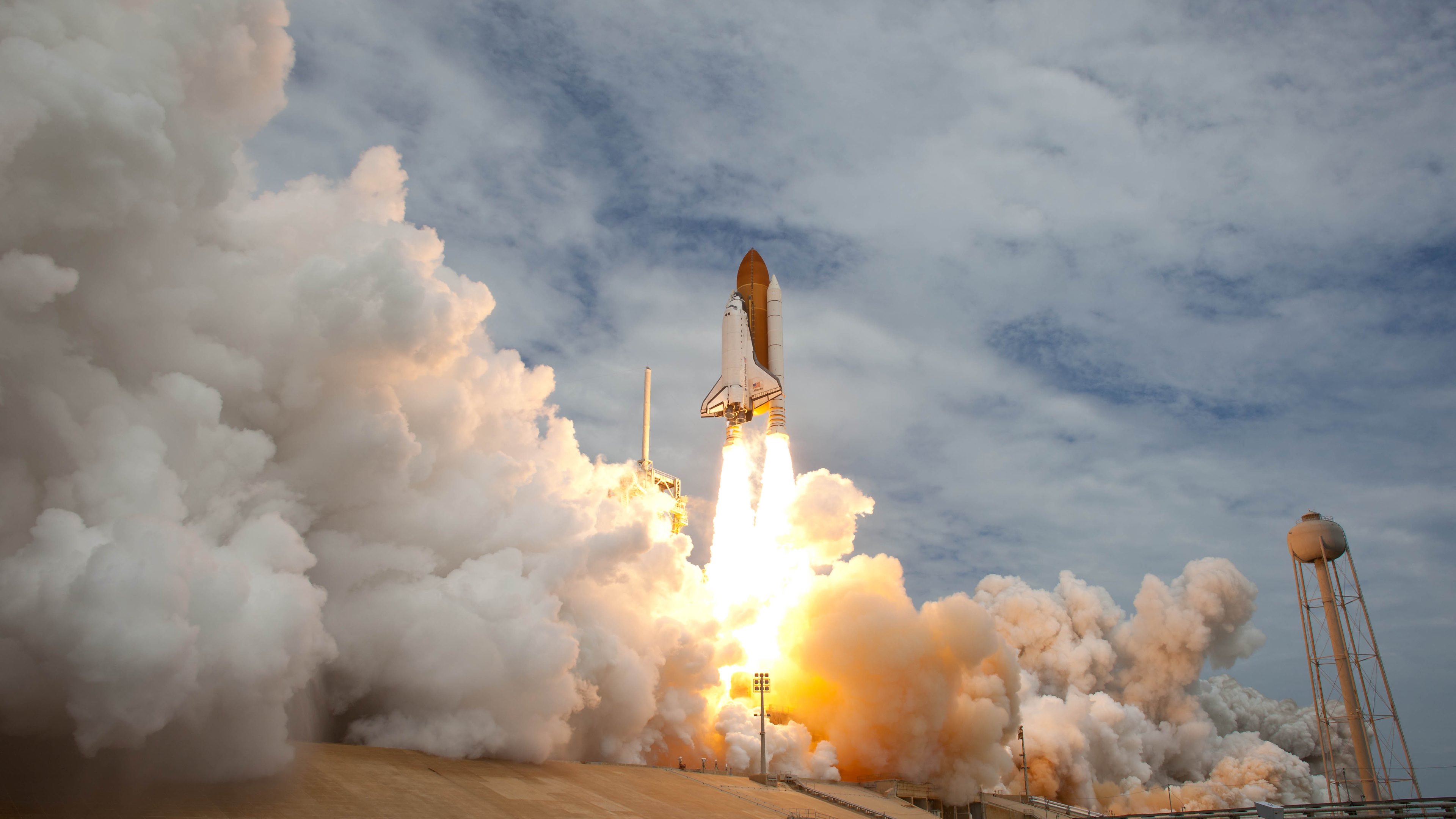

For clarity, these data are omitted from charts.ĭuring the period of the Space Shuttle's development, NASA's budget was divided into three major accounts: Research & Development (R&D), Construction of Facilities (CoF), and Research & Program Management (R&PM). fiscal year from July 1st to October 1st of each year. Obligations reflect contracted amounts, and actual expenditures may vary somewhat in both absolute terms and in timing.Īll total costs reported here include obligations made during the 1976 transition quarter-a 3-month period that accommodated a shift of the start of the U.S. Costs begin to decline when most of the challenging engineering problems have been solved and the project moves into regular operations.ĭollar amounts reflect actual obligations reported in NASA's budget requests between the fiscal years 19. The project displays a classic aerospace development cost curve, with the project starting modestly, rapidly increasing as it gains steam, staff, and complexity as a result of moving from paper design to testing physical hardware, and peaking in resource needs a few years prior to its first launch. It takes time to design, refine, and build reliable flight hardware, and the Shuttle was no exception. The costs to develop and build the Shuttle were not all spent at once. "Launch & Landing" activities accounted for the necessary ground equipment and procedures to prepare the Shuttle for launch and refurbishment for reuse.Īnother critical component, generally omitted in the discussion of spaceflight development, is the construction of the ground elements necessary to support launch, landing, and post-flight processing-all of which had to be designed and built specifically to the needs of the STS project. The "Space Shuttle" is a colloquial term for the Space Transportation System (STS), which consists of the orbiter, the reusable RS-25 engines, the external fuel tank, and the solid rocket boosters.


 0 kommentar(er)
0 kommentar(er)
